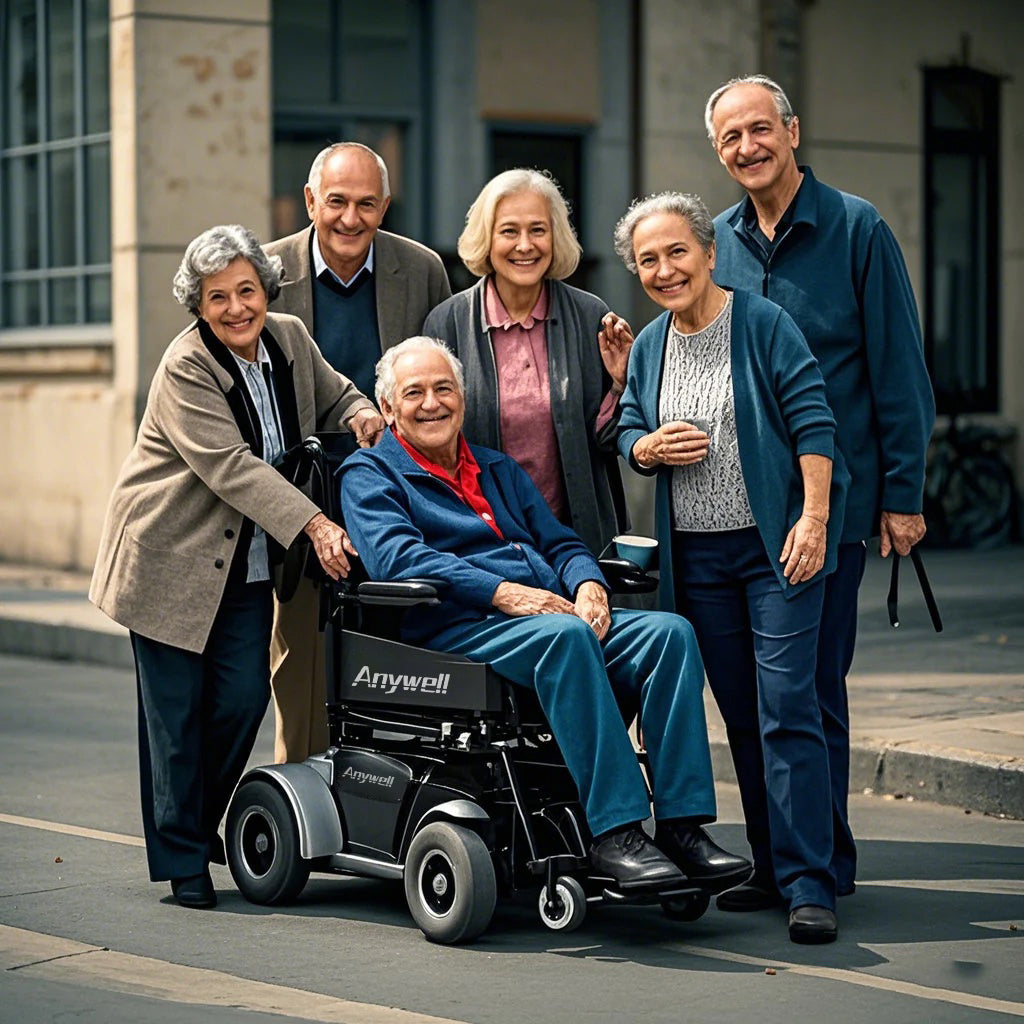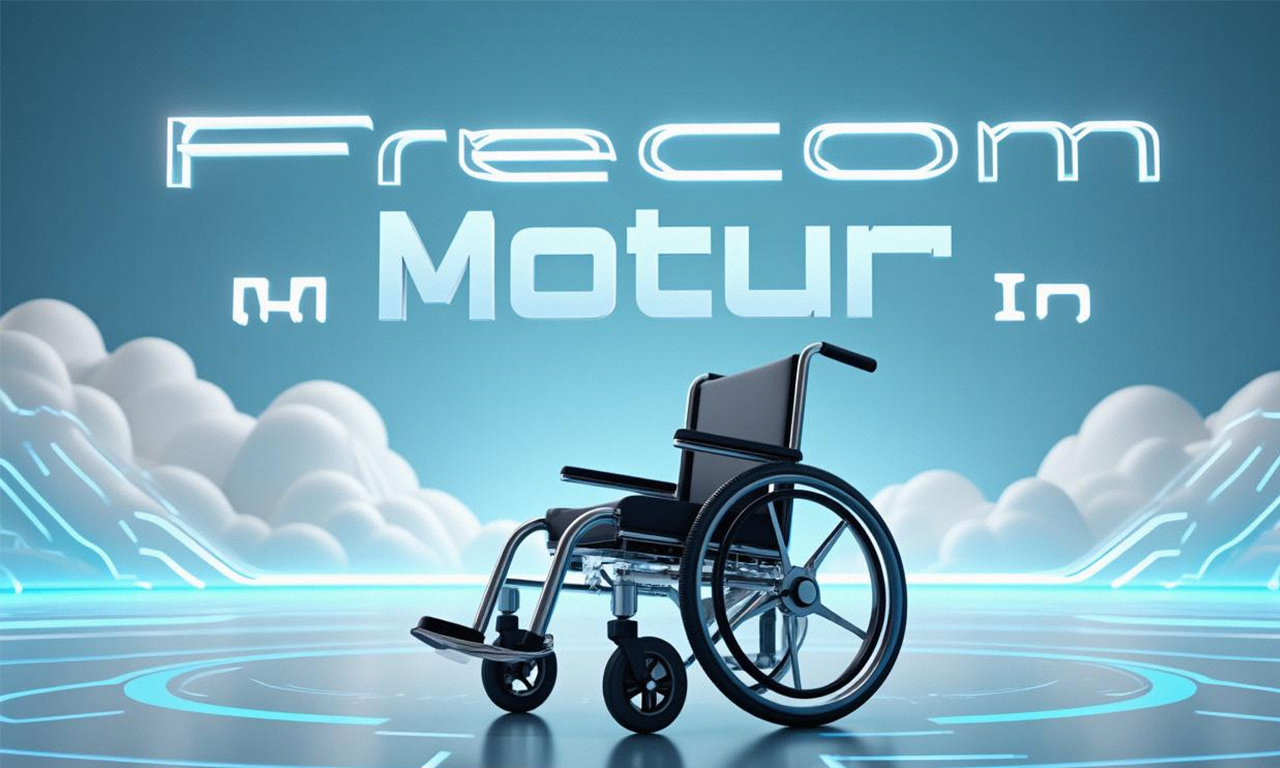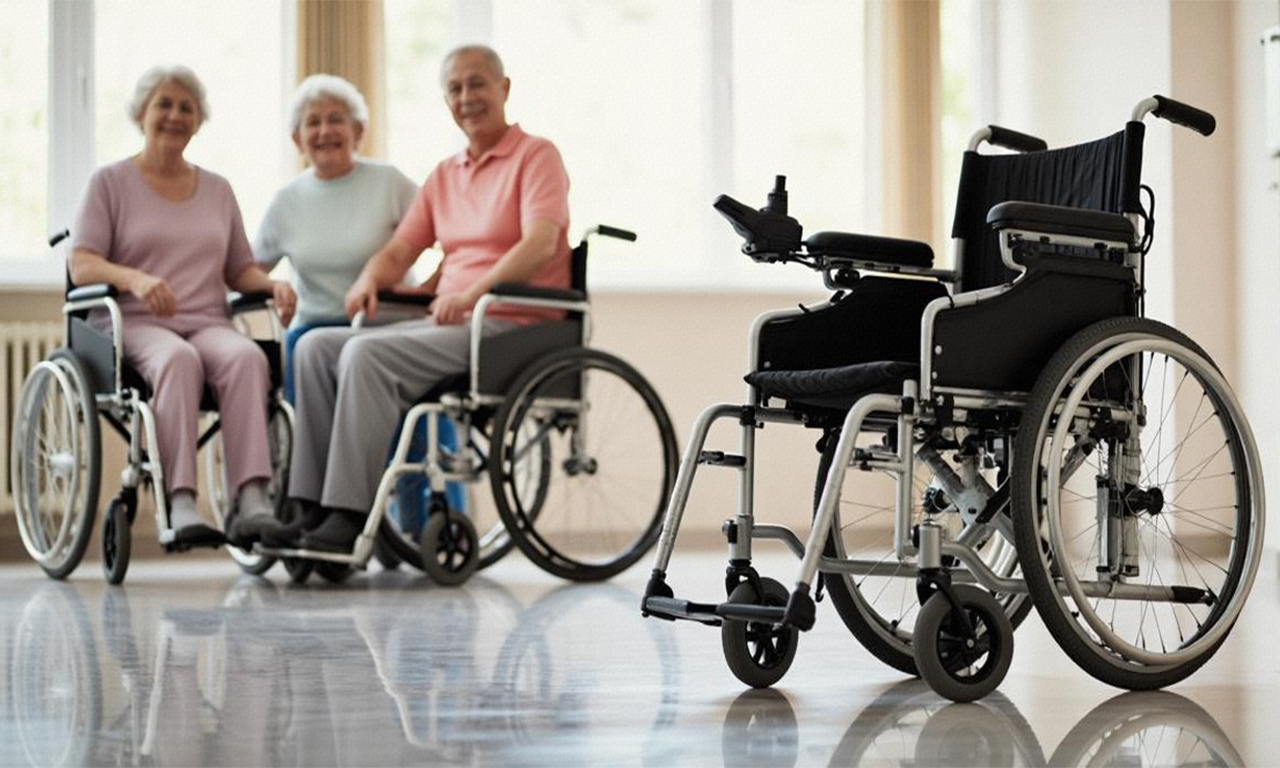Introduction: Navigating the Terminology Maze
For individuals exploring mobility solutions, the terms “electric wheelchair” and “power wheelchair” often spark confusion. Are they interchangeable? Do they cater to different needs? And how do brands like ANYWELL innovate within these categories to empower users? In this 10,000+ word guide, we’ll demystify the terminology, compare features, and highlight how ANYWELL’s cutting-edge designs bridge the gap between convenience and performance. Whether you’re a caregiver, a user, or simply curious, this deep dive will equip you with actionable insights.

Chapter 1: Definitions and Origins
1.1 Electric Wheelchair vs. Power Wheelchair: What’s in a Name?
The distinction between “electric wheelchair” and “power wheelchair” is largely semantic, rooted in regional language preferences and marketing trends.
- Electric Wheelchair: Commonly used in Europe and Asia, this term emphasizes battery-powered operation.
- Power Wheelchair: Favored in North America, it broadly refers to motorized mobility devices, including both traditional and advanced models.
Key Takeaway: Both terms describe motorized wheelchairs, but regional branding and user expectations shape their perceived differences.
1.2 Historical Evolution: From Manual to Motorized
- 1950s: The first power wheelchairs emerged post-WWII, designed for veterans with limited mobility. These bulky, joystick-controlled models prioritized function over portability.
- 1990s–2000s: Advances in battery tech (e.g., lithium-ion) and materials (e.g., aerospace aluminum) birthed lighter, foldable electric wheelchairs like ANYWELL’s YS12-15.
- 2020s: Smart features (app connectivity, terrain sensors) and ultra-portability redefine user expectations.
Chapter 2: Technical Differences and User Applications
2.1 Design and Portability
- Power Wheelchairs: Historically heavier (70–150 lbs) with fixed frames, suited for indoor use and users requiring postural support.
- Electric Wheelchairs: Modern iterations prioritize lightweight, foldable designs. For example, the ANYWELL YS12-15 weighs 48.5 lbs and folds to airline carry-on size, ideal for travel.
ANYWELL Spotlight: The YS12-15’s aerospace-grade aluminum frame balances durability and portability, a hallmark of next-gen electric wheelchairs.
2.2 Motor Power and Terrain Adaptability
- Power Wheelchairs: Often equipped with 400–800W motors to handle steep inclines (12°+) and outdoor terrain.
- Electric Wheelchairs: Optimized for urban use, with 300–500W motors (e.g., YS12-15’s 500W motor conquers 9° slopes) and compact builds for sidewalks, stores, and public transit.
2.3 Battery Life and Charging
- Power Wheelchairs: Larger batteries (30–50 Ah) provide 15–30 miles per charge but require longer charging times.
- Electric Wheelchairs: Compact lithium batteries (e.g., YS12-15’s 24V 12Ah) offer 6–9 miles, with swappable packs for extended adventures.
Chapter 3: Regulatory Standards and Safety
3.1 FDA Classification
In the U.S., the FDA categorizes motorized wheelchairs as Class II medical devices, requiring compliance with safety standards like:
- Electromagnetic Braking: Ensures instant stops on slopes.
- Stability Testing: Prevents tipping on uneven surfaces.
ANYWELL’s Commitment: All models, including the YS12-15, exceed ISO 7176 and FDA guidelines, with dual braking systems and anti-slip tires.
3.2 Insurance and Reimbursement
- Power Wheelchairs: Often covered by Medicare/insurance if deemed “medically necessary” for home use.
- Electric Wheelchairs: Lightweight models like the YS12-15 may not qualify for coverage but appeal to users prioritizing affordability and lifestyle flexibility.
Chapter 4: User-Centric Considerations
4.1 Who Benefits Most from Each Type?
- Power Wheelchairs: Users with limited upper-body strength, requiring tilt/recline functions or 24/7 indoor use.
- Electric Wheelchairs: Active users seeking portability for travel, work, or outdoor hobbies.
Case Study: Linda, a California-based consultant, chose the ANYWELL YS12-15 for its foldability: “It fits in my trunk, so I can explore cities solo without relying on taxis.”
4.2 Customization and Accessories
- Power Wheelchairs: Offer modular add-ons like oxygen holders, specialized cushions, and joystick alternatives (sip-and-puff controls).
- Electric Wheelchairs: Focus on travel-friendly upgrades. The YS12-15, for instance, pairs with a detachable canopy and spare battery for day trips.
Chapter 5: ANYWELL’s Innovation: Blending Both Worlds
5.1 The YS12-15: A Hybrid Powerhouse
ANYWELL’s flagship model bridges the gap between traditional power wheelchairs and modern electric designs:
- Power Where It Matters: A 500W motor tackles slopes and rough paths.
- Portability Redefined: Folds in 3 seconds to 29.5” x 13.8” x 17.7”, lighter than most luggage.
- User Safety First: Smooth Start Technology prevents jerky movements, while dual brakes ensure <0.5-second stops.
5.2 Beyond the YS12-15: ANYWELL’s Vision
ANYWELL’s R&D team is pioneering:
- AI-Driven Navigation: Future models will auto-adjust speed on slopes.
- Solar Charging: Prototypes integrate solar panels for eco-friendly power.

Chapter 6: Cost Comparison and Value
6.1 Price Ranges
- Power Wheelchairs: 10,000+, depending on medical features.
- Electric Wheelchairs: 4,000, with ANYWELL’s YS12-15 priced at $2,499 for premium portability.
6.2 Total Cost of Ownership
- Maintenance: ANYWELL’s 3-year warranty covers motor, battery, and controller repairs.
- Battery Replacement: 500+ for power wheelchair batteries.
Chapter 7: The Future of Mobility
7.1 Trends to Watch
- Smart Integration: App-based controls and health monitoring (e.g., posture alerts).
- Sustainability: Recyclable materials and energy-efficient motors.
ANYWELL’s Roadmap: By 2025, 90% of components will be recyclable, with carbon-neutral manufacturing.
Conclusion: Choosing the Right Mobility Partner
While “electric wheelchair” and “power wheelchair” overlap in function, the right choice hinges on your lifestyle. For those valuing adventure-ready portability without sacrificing power, ANYWELL’s YS12-15 redefines what’s possible.
Ready to Explore?
- Visit ANYWELL’s Official Site to compare models.
- Claim your free test drive to experience the YS12-15’s agility firsthand.
- Join our community forum to share stories and tips with fellow users.





Leave a comment
This site is protected by hCaptcha and the hCaptcha Privacy Policy and Terms of Service apply.